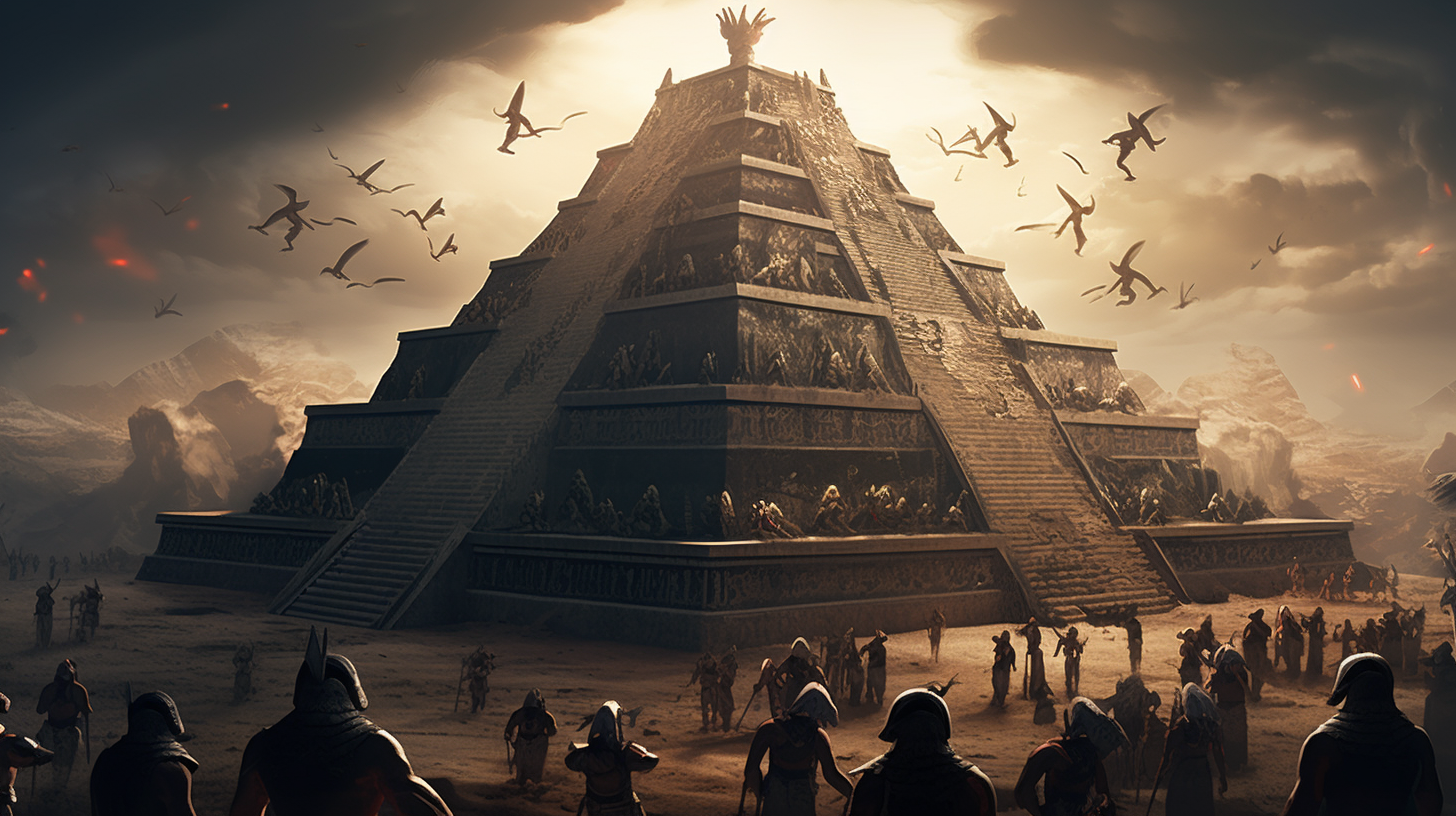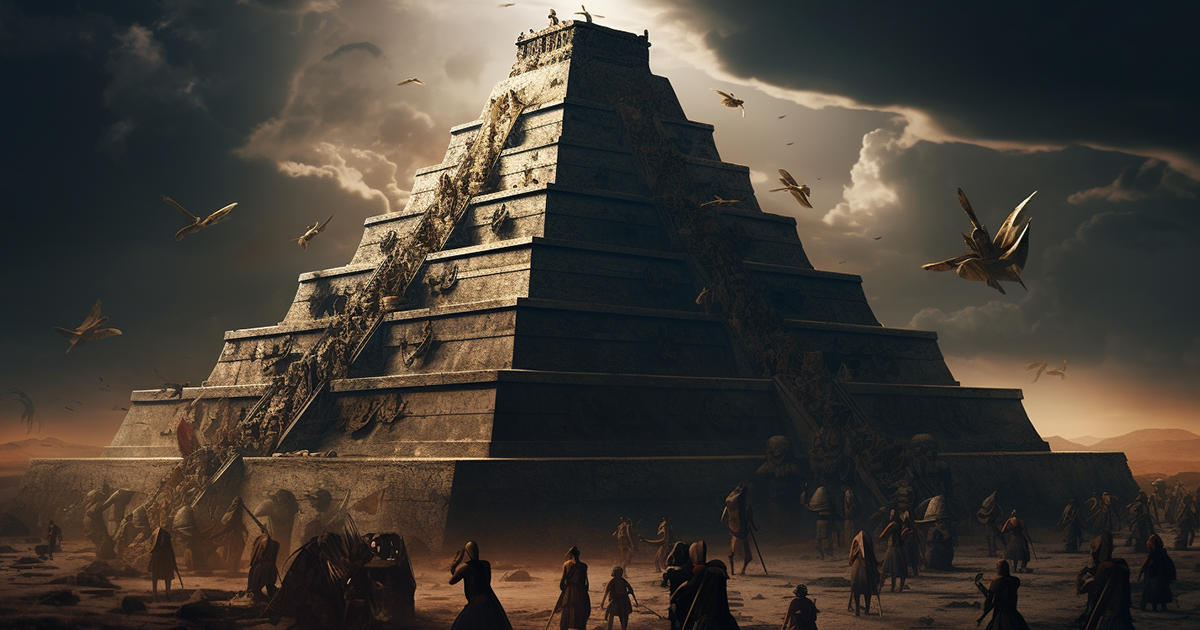One of the few civilizations that have left an enduring mark on history is that of the Aztecs. Revered for their rich cultural practices, impressive architectural feats, and intricate belief systems, the Aztecs have always captivated the world. While their achievements have been well-documented, a particular event from their past shines brightly – the grand ceremony that marked the unveiling of the majestic pyramid of Tenochtitlán in 1487.
Instead of focusing solely on the conventional aspects of pyramids, let’s submerge ourselves into the less-explored realms of Aztec history to truly comprehend the context of this exceptional occasion. Thriving in what is now modern-day Mexico, the Aztecs were a Mesoamerican civilization that constructed their society on elaborate religious beliefs and customs that significantly shaped their way of life.
At the heart of their belief system was the unyielding belief that their gods demanded appeasement for the continuity of their civilization. To fulfill this need, they orchestrated elaborate ceremonies, with the grand inauguration of the great pyramid of Tenochtitlán standing as the pinnacle of their religious practices.

During this extraordinary event, a vast array of individuals, reportedly 84,000, took part in the rituals. It’s important to note that the term “sacrifice” doesn’t fully encompass the diverse nature of these rituals. While some were indeed sacrificed as offerings to the gods, many others willingly assumed various roles.
The participants included priests, warriors, and individuals from different strata of Aztec society, each fulfilling distinct roles ranging from performing dances and music to assisting in the ceremonial preparations. This elaborate ceremony wasn’t just about pleasing the gods but also about reinforcing the social hierarchy and unity within the Aztec community.
One of the most striking features of the ceremony was the extensive use of symbolism. The pyramid, known as the Templo Mayor, was seen as a sacred intersection where the divine and earthly realms met. The rituals conducted there were believed to maintain the cosmic order and ensure the prosperity of the Aztec people. Symbolic gestures and offerings played a crucial role in establishing communication with the gods.
The grand celebration at the great pyramid of Tenochtitlán stands as a testament to the profound essence of Aztec culture and spirituality. It exemplifies the depths to which they would go to uphold their way of life and their unwavering dedication to their deities. While the numbers may seem staggering, it’s vital to interpret this event within the cultural context of that era rather than through modern perspectives.
In conclusion, the grand unveiling of the great pyramid of Tenochtitlán in 1487 offers a captivating glimpse into the Aztec world. It was a multifaceted affair that intertwined religious zeal, societal organization, and a deep connection to their faith. By delving into these aspects, we can cultivate a profound admiration for the intricate tapestry of Aztec civilization and the enduring legacy it has imprinted on history.
